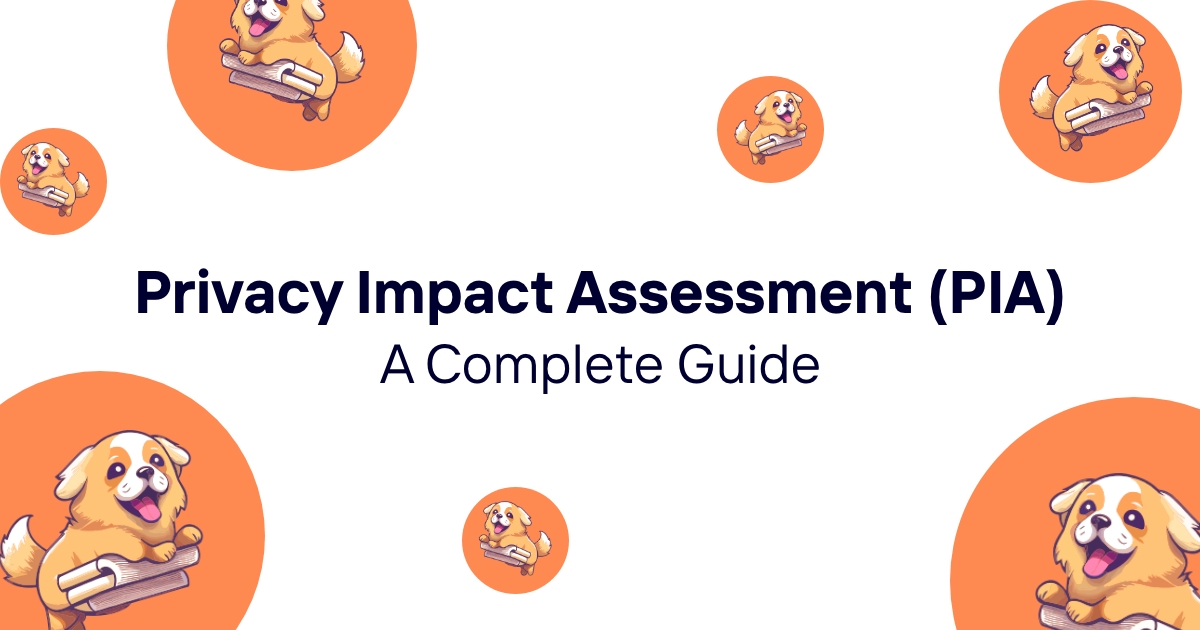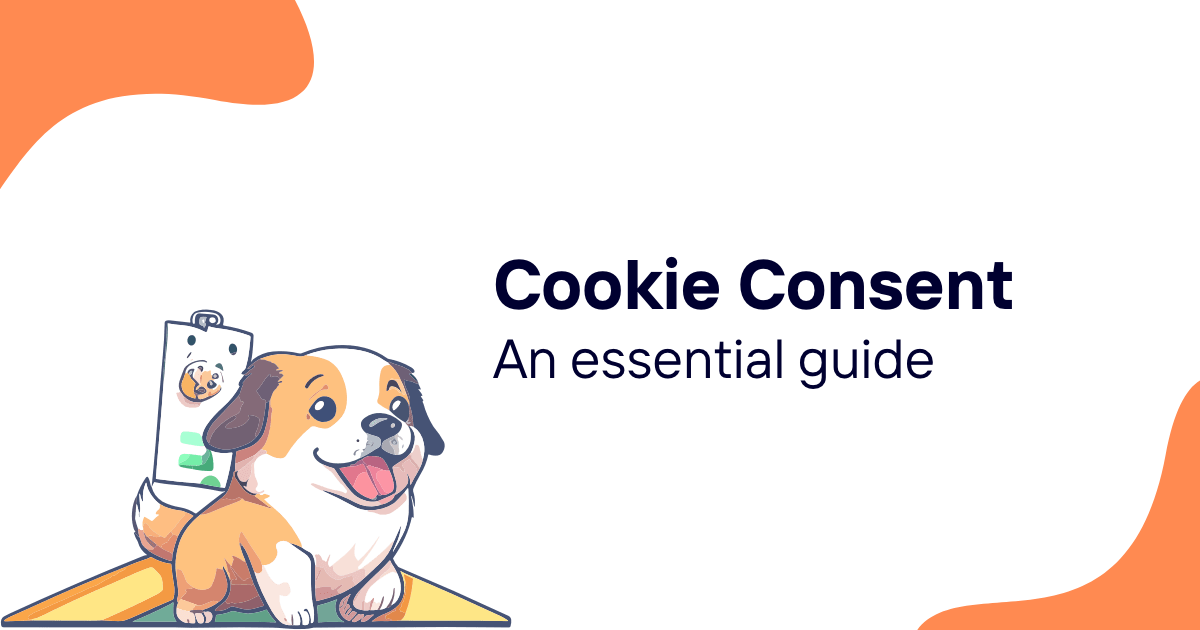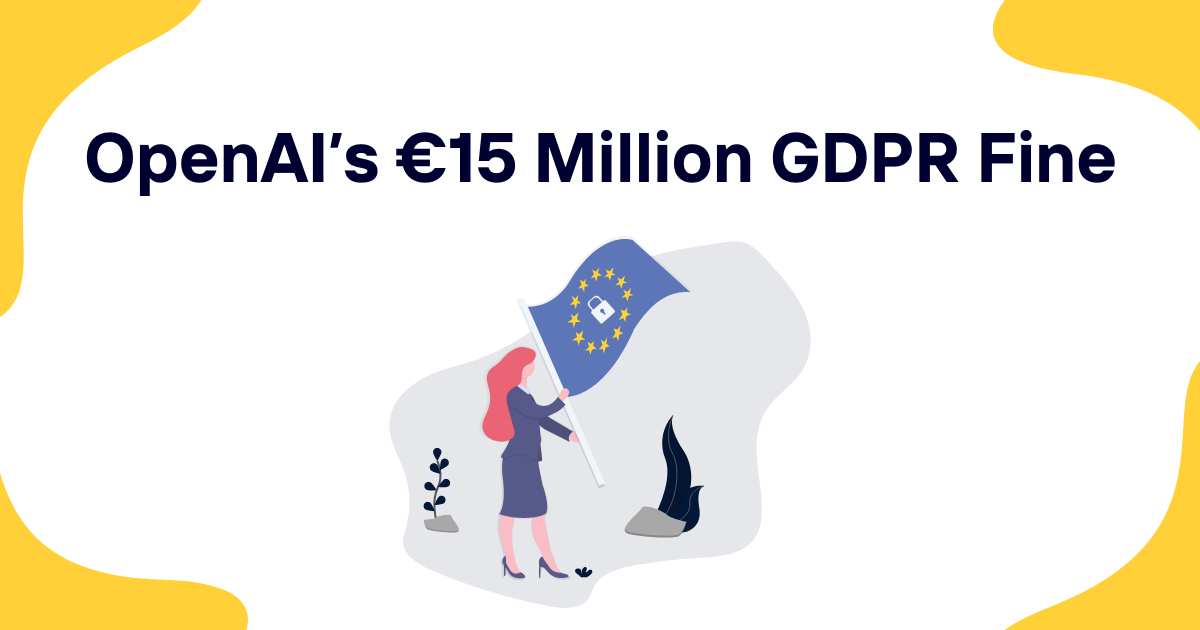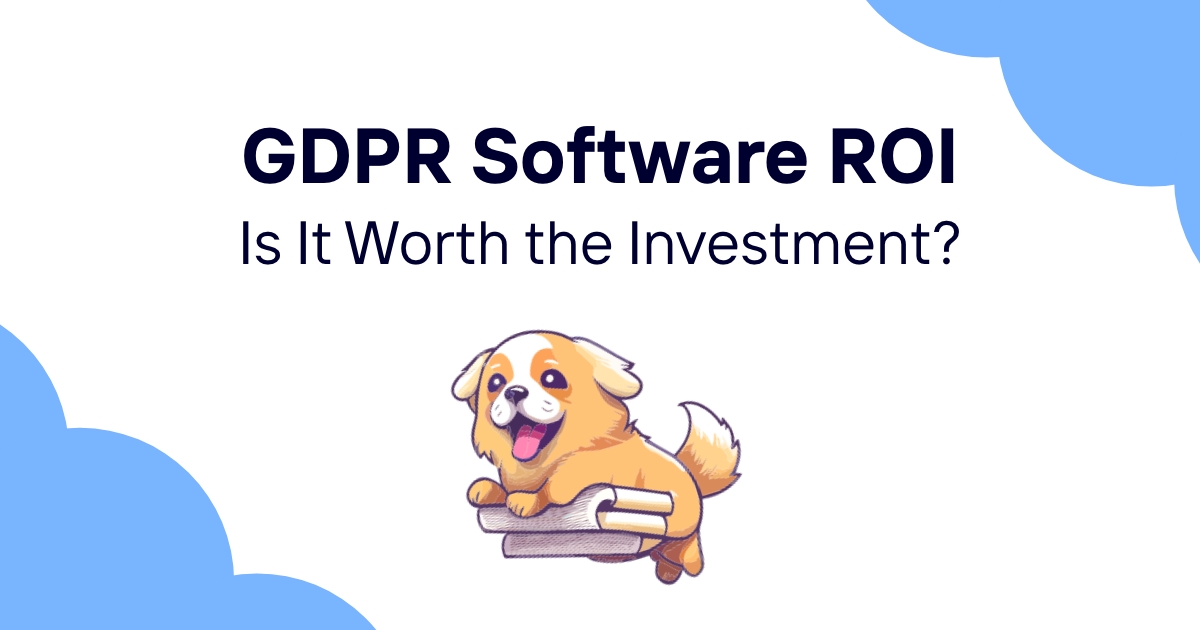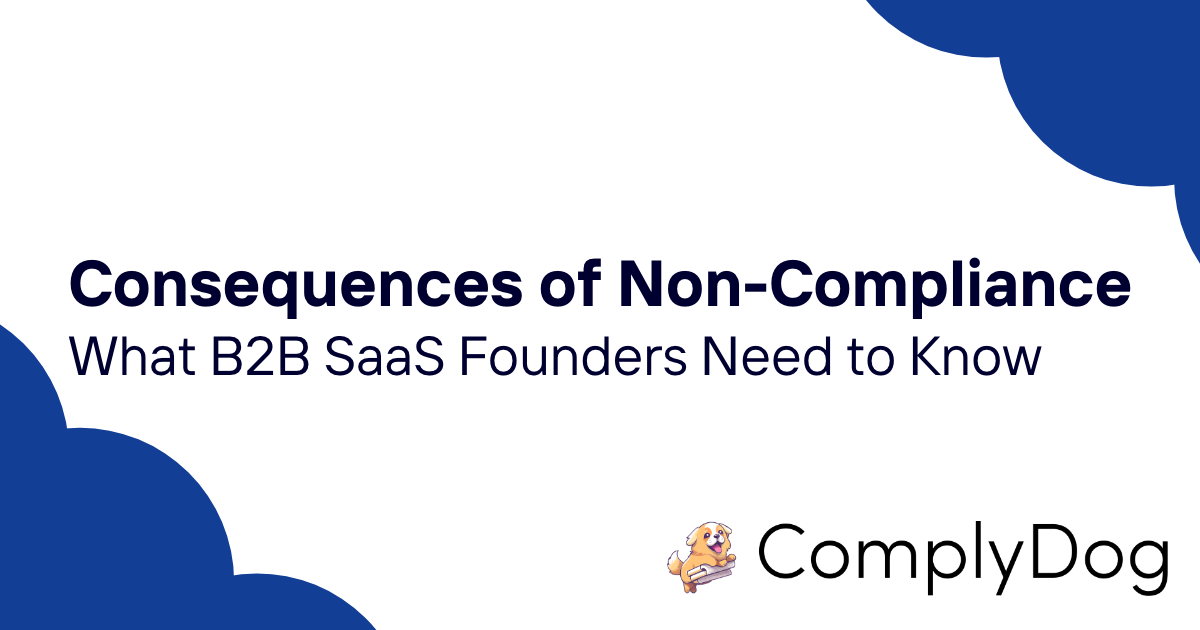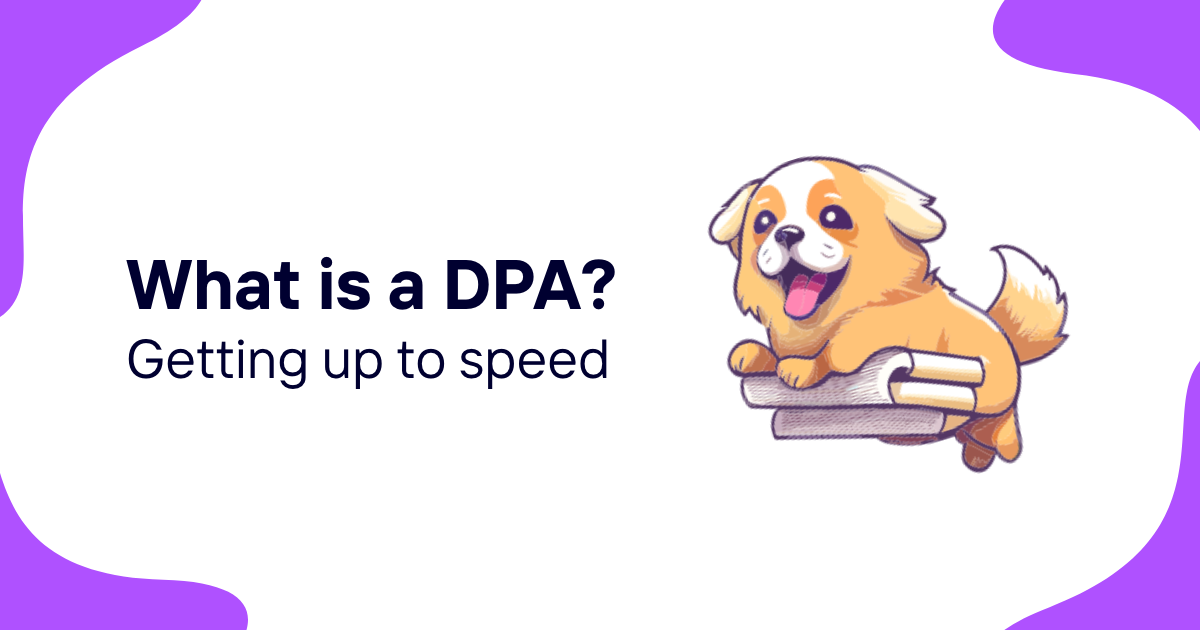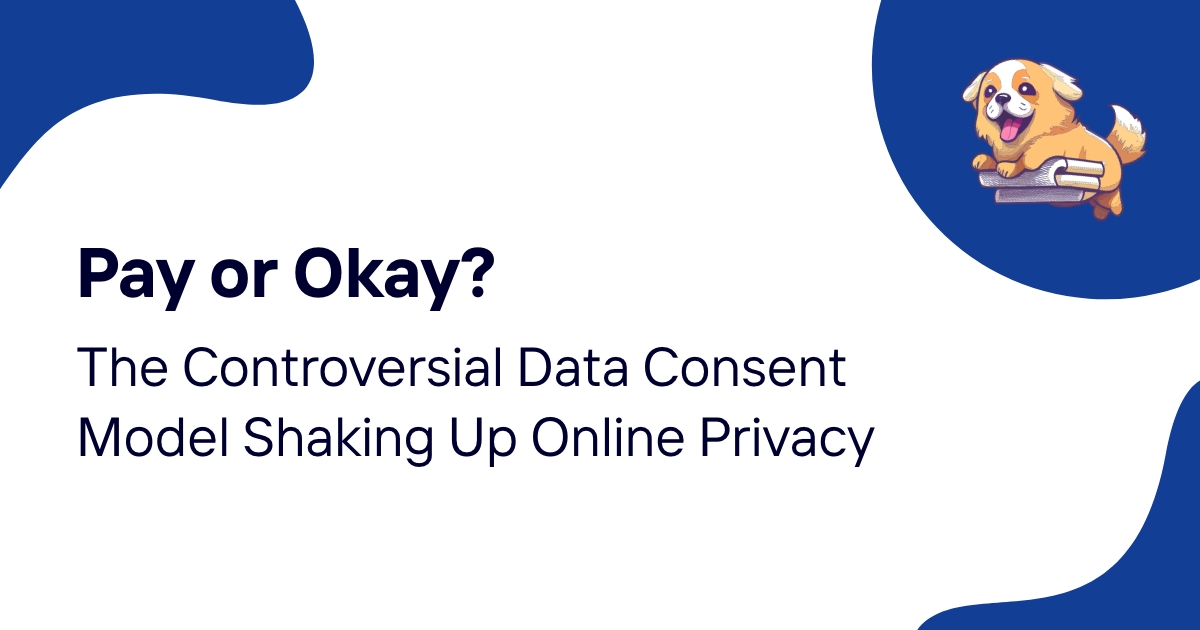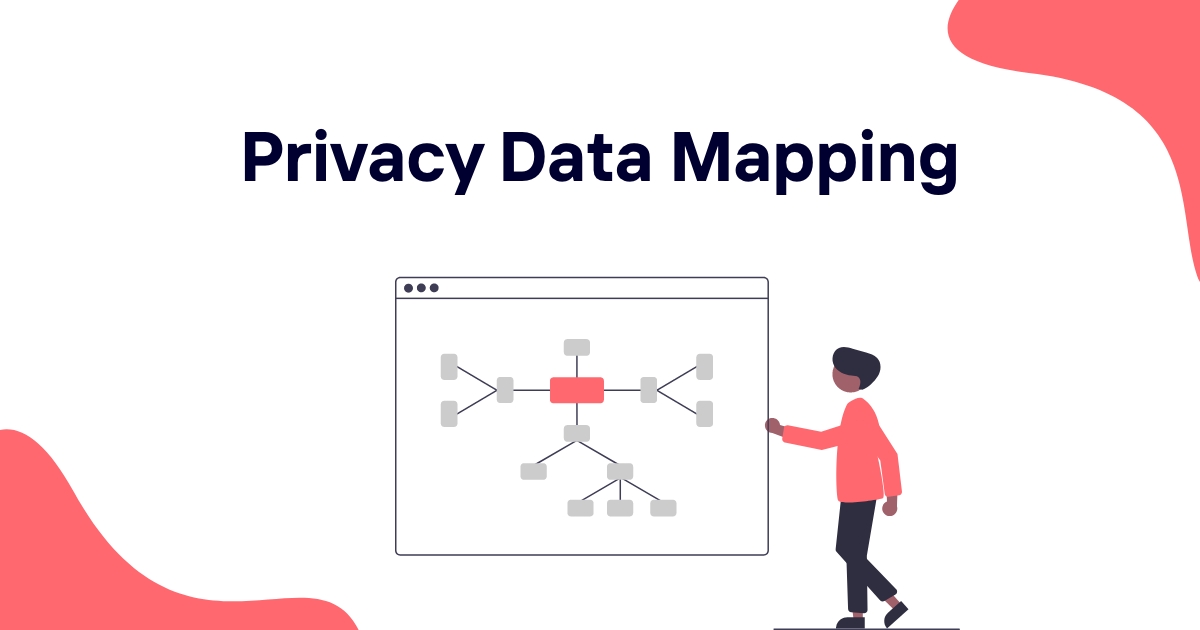Launching a new project that processes personal data without a Privacy Impact Assessment is like building without blueprints. You might get lucky, but you're probably heading for expensive problems.
GDPR requires Privacy Impact Assessments for high-risk data processing activities, with fines reaching €20 million for non-compliance. Yet many organizations skip this step or rush through inadequate assessments that provide no real protection.
This guide provides everything you need to conduct thorough Privacy Impact Assessments that satisfy regulators while actually protecting your organization from privacy risks.
What is a Privacy Impact Assessment (PIA)?
PIA Definition and Purpose
A Privacy Impact Assessment systematically evaluates privacy risks before implementing new projects, systems, or processes that handle personal data. Think of it as a safety inspection for data processing activities.
PIAs identify potential privacy harms, assess their likelihood and severity, then recommend measures to eliminate or reduce risks. This proactive approach prevents problems rather than fixing them after they occur.
The assessment process forces organizations to think through privacy implications during project planning when changes are still possible. Last-minute privacy fixes cost far more than building protection from the start.
Legal Foundation Under GDPR
Article 35 of GDPR mandates Data Protection Impact Assessments (DPIAs) for processing likely to result in high risk to individual rights and freedoms. PIA and DPIA are often used interchangeably, though some organizations use PIA as a broader term.
The regulation doesn't prescribe specific PIA formats but requires certain elements including risk assessment, mitigation measures, and stakeholder consultation. This flexibility lets organizations adapt processes to their specific needs.
Regulatory authorities can require PIAs for additional processing activities beyond the mandatory categories. When in doubt, conducting a PIA demonstrates good faith compliance efforts.
Benefits Beyond Compliance
Well-executed PIAs often identify process improvements that enhance both privacy and operational efficiency. Many organizations discover unnecessary data collection that creates risks without providing value.
PIAs create documentation that supports compliance audits and demonstrates accountability. This paperwork trail proves you considered privacy implications during decision-making.
Early risk identification through PIAs prevents costly redesigns and security breaches. The assessment process typically pays for itself by avoiding more expensive problems later.
When PIAs are Required Under GDPR
Mandatory PIA Scenarios
Systematic monitoring of publicly accessible areas requires PIAs. This includes CCTV systems, location tracking, and behavioral monitoring technologies.
Large-scale processing of special category data like health information, biometric data, or criminal records triggers mandatory PIA requirements.
Automated decision-making with legal or significant effects on individuals requires assessment. This covers credit scoring, employment decisions, and algorithmic content filtering.
High-Risk Processing Indicators
New technologies or innovative data uses often qualify as high-risk processing requiring PIAs. Artificial intelligence, machine learning, and blockchain implementations typically need assessment.
Combining datasets from multiple sources increases risk levels. Merging customer databases, social media data, or third-party information creates new privacy implications.
Processing vulnerable populations' data requires extra consideration. Children, elderly individuals, and people in dependent relationships need additional protection.
Organizational Risk Thresholds
Data breach potential indicates high-risk processing requiring PIAs. Any system that could expose large amounts of personal data if compromised needs assessment.
Cross-border data transfers, especially to countries without adequacy decisions, increase risk levels requiring evaluation.
Processing that could lead to discrimination, identity theft, or physical harm clearly qualifies as high-risk requiring formal assessment.
PIA Methodology and Process
Project Scoping Phase
Define assessment boundaries clearly by identifying what processing activities the PIA will cover. Scope creep during assessment leads to incomplete analysis and missed risks.
Gather stakeholder input to understand project objectives, technical requirements, and business constraints. This information shapes the entire assessment approach.
Document existing privacy measures and compliance status to establish baseline protection levels. Understanding current state helps identify incremental risks.
Data Flow Analysis
Map how personal data enters your organization, moves through various systems, and eventually gets deleted or archived. Visual diagrams help stakeholders understand complex processing flows.
Identify all parties who access, process, or receive personal data throughout its lifecycle. Include employees, contractors, third-party processors, and automated systems.
Document data retention periods and disposal methods for each processing purpose. Indefinite retention often indicates areas where policies need development.
Risk Identification Process
Systematically examine each processing activity for potential privacy harms to individuals. Consider both direct impacts like unauthorized disclosure and indirect effects like algorithmic bias.
Evaluate technical risks from security vulnerabilities, system failures, or inadequate access controls. Technical problems often create privacy incidents.
Assess organizational risks from inadequate policies, insufficient training, or poor oversight. Human factors cause many privacy breaches that technical controls could prevent.
Stakeholder Engagement
Include data subjects in the assessment process when feasible. User surveys, focus groups, or public consultations provide valuable perspectives on privacy concerns.
Engage technical teams early to understand system capabilities and limitations. Engineering input helps identify realistic mitigation options.
Consult legal and compliance teams to ensure assessment methodology meets regulatory requirements. Different jurisdictions may have specific PIA expectations.
PIA Template and Framework
Assessment Structure
Start with executive summary highlighting key findings and recommendations. Busy stakeholders need quick access to essential information.
Document processing purpose and legal basis clearly. Ambiguous purposes often indicate projects that need better definition before proceeding.
Describe data subjects and categories of personal data involved. Comprehensive data inventory supports both PIA analysis and ongoing compliance efforts.
Risk Assessment Matrix
Use consistent criteria to evaluate risk likelihood and impact. Standardized scales help compare risks across different projects and time periods.
Consider both current risks and potential future issues as projects evolve. Today's low-risk processing might become problematic as data volumes or uses expand.
Document assumptions underlying risk assessments so future reviewers understand the analysis basis. Assumptions often change as projects develop.
Mitigation Planning
Prioritize high-impact, low-cost mitigation measures that provide immediate risk reduction. Quick wins build momentum for more complex privacy improvements.
Identify technical safeguards like encryption, access controls, and data minimization techniques. Technical measures often provide more reliable protection than procedural controls.
Plan organizational measures including training, policies, and oversight procedures. Technical controls need human systems to implement and maintain them effectively.
Risk Assessment and Mitigation
Privacy Risk Categories
Unauthorized access risks include both external attacks and internal misuse. Assess how processing activities might enable data breaches or insider threats.
Discrimination and bias risks emerge from automated decision-making systems. Algorithmic processing can perpetuate or amplify existing societal biases.
Function creep risks occur when data collected for one purpose gets used for others. Clear purpose limitations help prevent scope expansion that increases privacy risks.
Likelihood Assessment
Evaluate threat actor capabilities and motivations for targeting your specific data. High-value datasets attract more sophisticated attacks requiring stronger protections.
Consider your organization's security maturity and incident history. Past problems often predict future risks if underlying issues haven't been addressed.
Assess environmental factors like regulatory changes, technology evolution, and business pressures that might increase risk levels over time.
Impact Evaluation
Physical harms from privacy breaches can include stalking, harassment, or violence. Location data and personal details enable real-world threats to safety.
Financial impacts range from identity theft to employment discrimination. Economic harms from privacy breaches often exceed immediate monetary losses.
Psychological effects include stress, anxiety, and loss of autonomy from privacy violations. Emotional impacts are real even when other harms don't materialize.
Mitigation Strategy Development
Technical mitigation measures include encryption, anonymization, and access controls. These provide baseline protection but require proper implementation and maintenance.
Procedural safeguards include staff training, audit procedures, and incident response plans. Human-centered controls complement technical measures.
Legal protections include contracts with processors, data sharing agreements, and terms of service. Legal measures provide remedies but don't prevent initial harms.
Stakeholder Consultation Requirements
Internal Stakeholder Engagement
IT security teams provide essential input on technical safeguards and vulnerability assessments. Their expertise helps identify realistic protection measures.
Business stakeholders explain operational requirements and constraints that affect privacy design choices. Understanding business needs helps develop practical solutions.
Legal teams ensure PIAs meet regulatory requirements and identify potential liability issues. Legal input prevents compliance gaps that could create problems later.
External Consultation Needs
Data subjects should have opportunities to provide input on processing that significantly affects them. Public consultation builds trust and identifies concerns you might miss.
Regulatory authorities may require consultation for high-risk processing activities. Early engagement with regulators can prevent compliance problems.
Privacy advocacy groups sometimes provide valuable perspectives on societal implications of new processing activities. External viewpoints help identify blind spots.
Documentation Requirements
Record all consultation activities including participants, methods, and outcomes. This documentation proves you considered stakeholder input during decision-making.
Explain how stakeholder feedback influenced final privacy design decisions. Responsive consultation demonstrates good faith engagement rather than token participation.
Plan follow-up communication to inform stakeholders about implementation outcomes and ongoing privacy protections.
PIA Documentation and Reporting
Report Structure and Content
Executive summaries should highlight key privacy risks and recommended mitigation measures. Senior management needs clear guidance for resource allocation decisions.
Detailed technical sections should document analysis methodology and support conclusions with evidence. Thorough documentation helps future assessments and compliance audits.
Implementation plans should specify responsibilities, timelines, and success metrics for privacy protection measures. Clear accountability improves follow-through on recommendations.
Internal Communication
Tailor PIA presentations for different audiences including executives, technical teams, and compliance staff. Each group needs different levels of detail and focus areas.
Regular progress updates during implementation help maintain momentum and address emerging issues. PIAs shouldn't disappear after initial approval.
Create feedback mechanisms so stakeholders can report privacy concerns during project implementation. Ongoing input helps identify problems early.
Regulatory Reporting
Some high-risk processing requires submitting PIAs to regulatory authorities before implementation. Check local requirements for mandatory consultation procedures.
Maintain PIAs in accessible formats for potential audit requests. Regulators may want to review assessment methodology and conclusions during investigations.
Update authorities when significant changes affect previously assessed processing activities. Material modifications might require new PIAs or authority consultation.
Ongoing PIA Monitoring and Updates
Review Triggers
Regular scheduled reviews ensure PIAs remain current as projects evolve. Annual assessments work for stable processing, while rapidly changing projects need more frequent updates.
Significant changes to processing purposes, data types, or technical systems trigger immediate PIA reviews. Scope changes often introduce new privacy risks.
Privacy incidents or near-misses indicate areas where PIA assumptions may have been incorrect. Update assessments based on real-world experience.
Performance Monitoring
Track implementation of recommended privacy safeguards to ensure PIAs actually improve protection rather than just creating paperwork.
Monitor privacy incident rates and types to validate risk assessments and improve future PIA accuracy. Learning from experience enhances methodology.
Measure stakeholder satisfaction with privacy protections to gauge effectiveness from user perspectives. Technical compliance doesn't guarantee adequate protection.
Continuous Improvement
Document lessons learned from each PIA to improve future assessments. Organizations should get better at privacy risk evaluation over time.
Share best practices across projects and teams to standardize good privacy design. Consistent approaches improve both efficiency and effectiveness.
Integrate PIA findings into broader privacy governance and GDPR compliance cost planning processes. Privacy assessments should inform strategic decisions about privacy investments.
Privacy Impact Assessments provide essential protection for both organizations and individuals when processing personal data. Proper PIA methodology helps identify risks early when mitigation is still feasible and cost-effective.
Consider how PIAs fit into your broader privacy compliance strategy, including cookie compliance implementation and overall compliance budget planning. Coordinated privacy efforts provide better protection than isolated initiatives.
Ready to implement systematic privacy risk assessment? Use ComplyDog and streamline your PIA process with templates, guidance, and compliance tracking tools.
